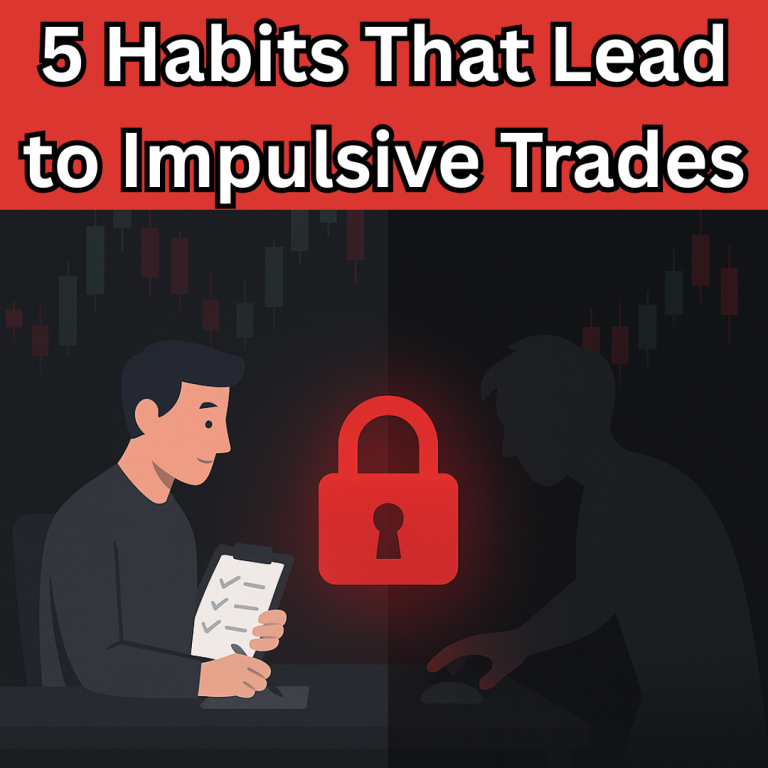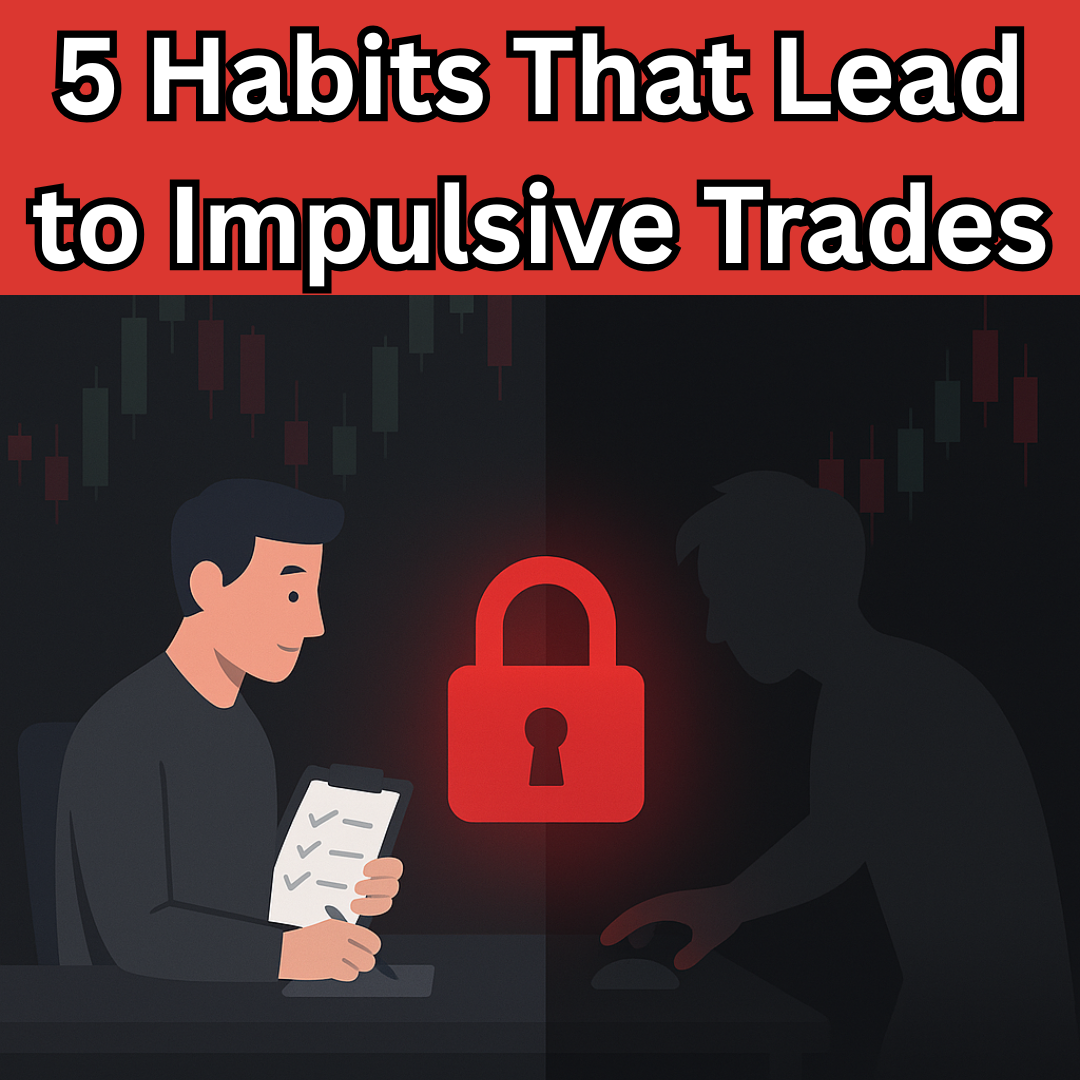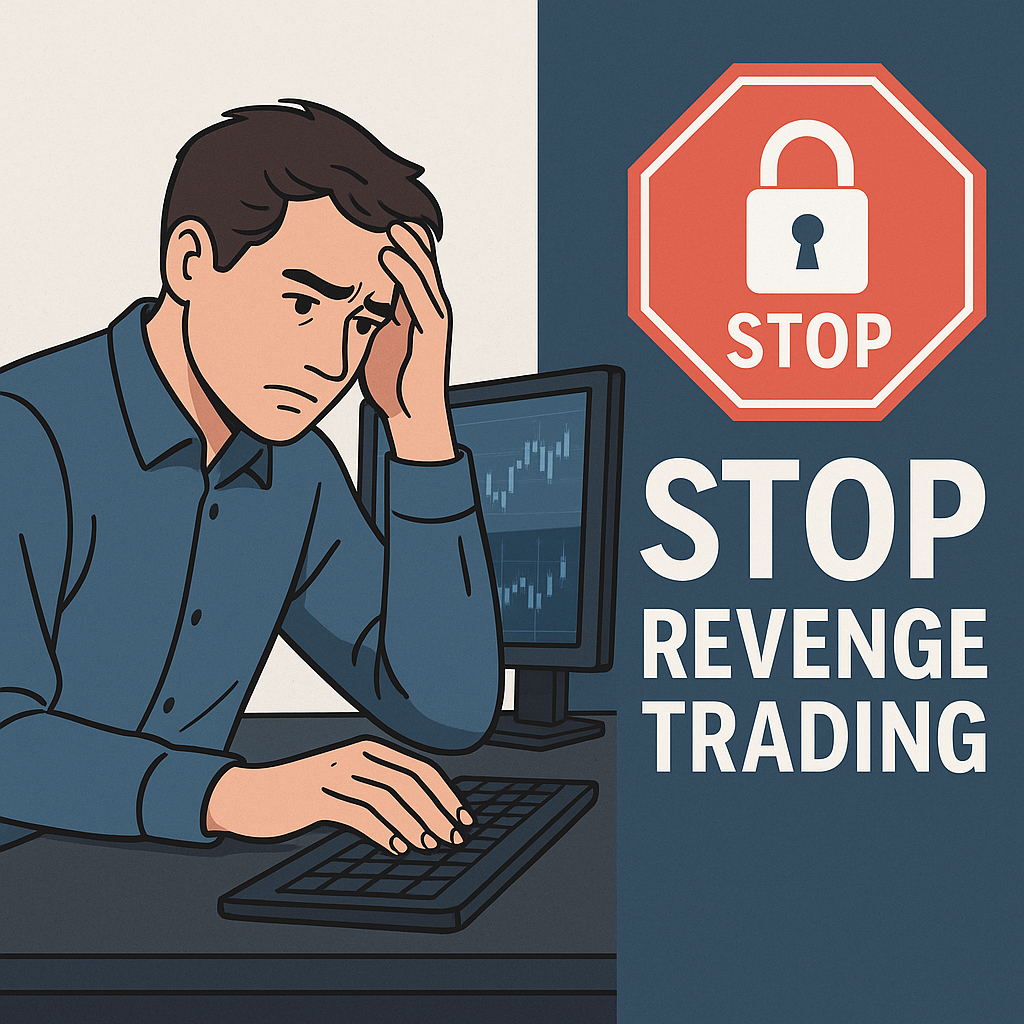5 Habits That Lead to Impulsive Trades (And How to Break Them)
09/17/2025

Why Impulsive Trading Destroys Accounts
Impulsive trades feel exciting in the moment, but they are also the trades that wipe out accounts the fastest. Instead of sticking to a plan, traders often get caught chasing setups they never intended to take. The result is missed discipline, increased losses, and frustration.
If you want to prevent impulsive trading, it starts with recognizing the habits that cause it.
1. Trading Out of Boredom
When the market slows down, many traders feel the urge to “make something happen.” Instead of waiting for a valid setup, they click buy or sell just to stay active.
Fix: Step away during slow periods. Remember, not trading is also a decision. Quality beats quantity.
2. Chasing Missed Moves
You see a big candle take off without you. Your heart races, and you jump in late, only to be stopped out seconds later. This is fear of missing out (FOMO) in action.
Fix: Accept that opportunities come every day. Write down the setup you missed, learn from it, and move on.
3. Overreacting to Losses
After a losing trade, emotions take over. Many traders double their size on the next position to “get it back.” This is a fast track to blowing an account.
Fix: Set a daily loss limit. Once you hit it, stop trading. TradeStop enforces this by cutting broker access when your session is over.
4. Ignoring the Trading Plan
Without strict rules, impulsive decisions creep in. Even traders who write a plan sometimes ignore it once emotions flare.
Fix: Keep your plan visible, on paper, on your desk, or on your screen. Every trade must pass your checklist before entry.
5. Trading on News or Hype
Headlines, tweets, and chatroom calls trigger snap decisions. These often end in chaos.
Fix: Only trade setups that fit your system. News should never override discipline.
How to Break the Cycle
Breaking impulsive trading is not just about self-control. It is about creating systems of discipline:
Define your session hours
Set daily trade and loss limits
Use trading discipline software like TradeStop to block access before rules are broken
With structure, you remove the possibility of acting on emotion.
Key Takeaways
Impulsive trades usually come from boredom, FOMO, revenge trading, ignoring plans, or reacting to news
Willpower is not enough, you need systems and discipline
Using tools like TradeStop enforces structure and keeps emotions out of your decisions
Conclusion
Impulse is the enemy of consistency. By recognizing these five habits and building protective systems around your trading, you can prevent impulsive trading and start building long-term success.


